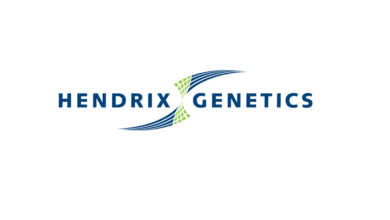
Middle East Poultry Meat Market
The Middle East poultry meat market is a dynamic sector estimated at 15.93 billion USD in 2024 and projected to grow to 17.51 billion USD by 2029, representing a compound annual growth rate (CAGR) of 1.90% during the forecast period (2024-2029). This growth is driven by rising demand for high-quality protein sources, increasing urbanization, and shifting consumer preferences towards healthier dietary options.
Key Market Drivers:
- Population Growth and Urbanization: The Middle East is experiencing steady population growth and increasing urbanization, leading to higher demand for poultry meat as a primary source of affordable protein.
2. Changing Dietary Preferences: Consumers are shifting towards poultry meat due to its nutritional benefits, including high protein content and lower fat compared to red meat.
3. Expansion of Quick-Service Restaurants (QSRs): The growth of fast-food chains and QSRs in the region has fueled demand for processed and frozen poultry products.
4. Government Initiatives and Policies: Governments in the Middle East are investing in domestic poultry production to reduce dependency on imports and ensure food security.
Challenges:
High Dependence on Imports: Despite growing domestic production, a significant portion of poultry meat is still imported, making the market vulnerable to international trade fluctuations.
Disease Outbreaks: The poultry sector is sensitive to outbreaks of diseases such as avian influenza, which can disrupt supply chains and consumer confidence.
Environmental Concerns: Increasing scrutiny on the environmental impact of poultry farming and feed production is pushing stakeholders to adopt sustainable practices.
Market Trends:
Technological Advancements in Poultry Farming: Precision farming techniques, including automated feeding systems and climate control technologies, are improving productivity and efficiency.
Rise of Organic and Halal Products: Consumer demand for organic and certified halal poultry products is on the rise, aligning with regional dietary and cultural preferences.
E-commerce Growth: The increasing penetration of online grocery platforms is making poultry products more accessible to consumers.
Regional Insights:
The Gulf Cooperation Council (GCC) countries, particularly Saudi Arabia and the United Arab Emirates, dominate the poultry market in the region. Saudi Arabia has been investing heavily in domestic poultry production under its Vision 2030 program, which aims to boost local food production and achieve 80% self-sufficiency in poultry by 2030.
This steady growth trajectory reflects the Middle East poultry market’s resilience and its ability to adapt to evolving consumer demands and economic conditions.














